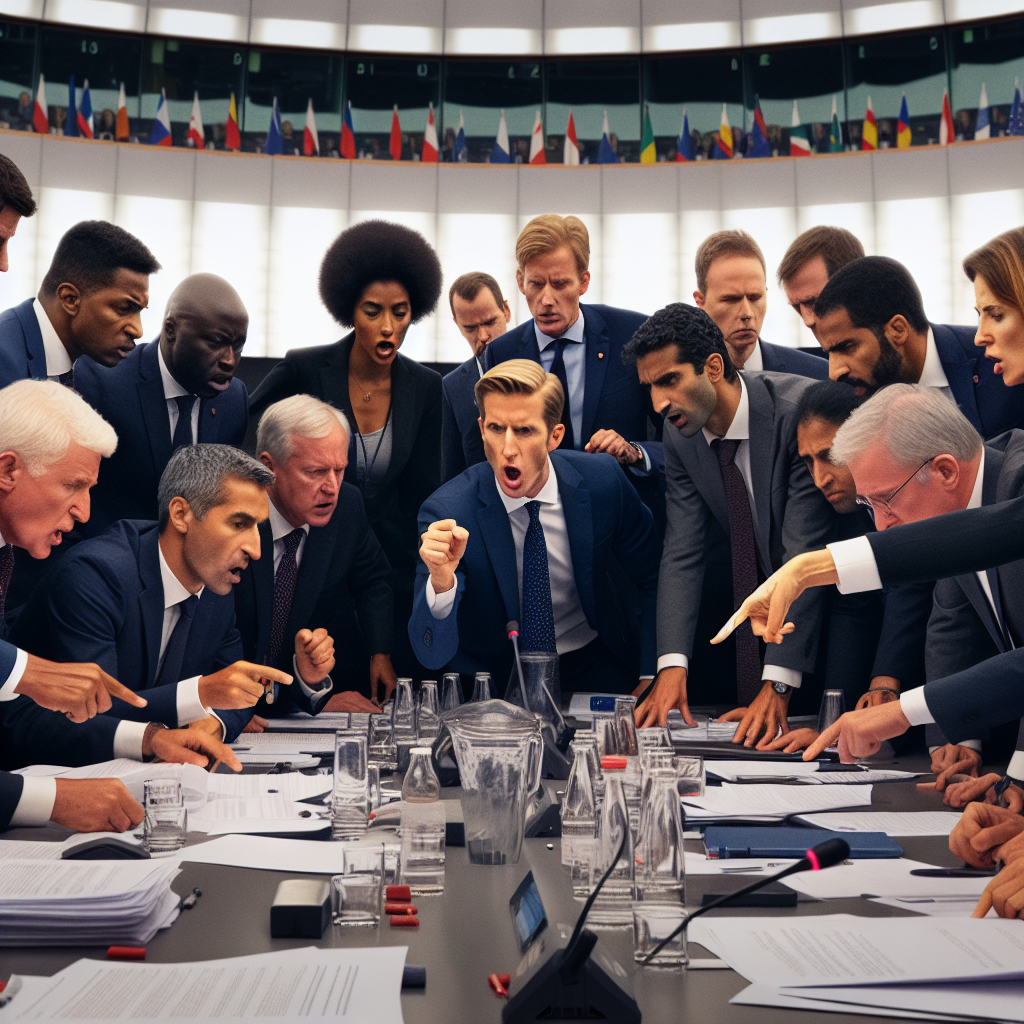On Thursday (June 5th), NATO defense ministers gathered in Brussels to discuss whether to accept the significant military spending request made by US President Trump. Trump argued that allies should increase their defense spending to 5% of their Gross Domestic Product (GDP). While this idea was considered unattainable just months ago, it has gradually become a core issue for the summit in The Hague at the end of June.
US Secretary of Defense Pete Hegseth arrived in Brussels, preparing to participate in the NATO defense ministers’ meeting, expressing confidence that NATO allies will support Trump’s 5% military spending request. He emphasized that this commitment must be realized before the summit in The Hague at the end of June.
He stated, “To be an alliance, you can’t just fly flags, you have to have battlegroups, you can’t just hold meetings, you need to maintain readiness.”
“Our goal with this trip is to continue the work initiated by President Trump, pushing for the alliance to meet the 5% defense spending commitment, which we believe will be achieved. And this must be realized at the summit in The Hague later this month,” he said.
US Ambassador to NATO Matthew Whitaker also remarked that this time, they would not “wait until the 10th or 11th year to meet the target,” unlike the Wales Summit in 2014.
NATO Secretary-General Mark Rutte proposed breaking down Trump’s 5% military spending goal into two parts: 3.5% for core military expenses and an additional 1.5% covering cybersecurity, military mobility (improving cross-border troop transport and military transit capabilities), and other related security expenses.
Multiple media outlets have indicated that this proposal is expected to become the core benchmark for consensus at the end-of-June summit.
“We are going to take a huge step,” Rutte stated before the defense ministers’ meeting, adding, “We will strengthen our deterrent and defense capabilities by achieving ambitious new capability goals through agreements.”
He further highlighted that air defense and missile defense systems, long-range weapons, and logistical platforms are “top priorities.”
“To achieve these new goals, it is obvious that we need to significantly increase defense spending, as it is the foundation of all efforts,” he said.
While the United States is urging countries to increase their defense budgets promptly, there are still disagreements within NATO on the timeline and definition of the 5% target.
Rutte’s proposed target year of 2032 has been criticized as “too late” by Lithuanian Defense Minister Dovile Sakaliene, advocating for an earlier target year of 2030. Danish Prime Minister Mette Frederiksen also believes that waiting another 7 years is not warranted.
On the other hand, countries like Spain, Italy, and Luxembourg, which have not yet reached the 2% threshold, lean towards postponing the timeline. UK Prime Minister Keir Starmer has refused to make “unrealistic commitments.”
Additionally, there is a dispute among allies regarding which expenses can be classified as “defense-related expenditures,” including whether military aid to Ukraine should be included, with no clear consensus reached.
Regarding the US proposal, 14 NATO member countries have already publicly supported the 5% military spending target, most of which are Eastern European countries neighboring Russia. Germany, as the largest economy in Europe, has also expressed its support.
French President Macron, on the other hand, leans towards increasing military spending to 3.5%.
Analysts point out that if NATO agrees on the distribution of “3.5% military spending + 1.5% security spending,” it could allow Trump to claim a diplomatic victory.
The NATO Leaders’ Summit is scheduled to take place from June 24th to 25th in The Hague, where the concrete commitment to the 5% military spending target will be closely observed.
Negotiations on investment details and classification standards are expected to continue until the eve of the summit. US officials emphasize that all allies should present specific plans, timelines, and outcomes to collectively fill the gaps in NATO’s military capabilities.

